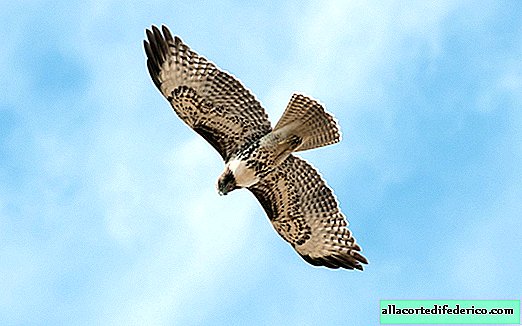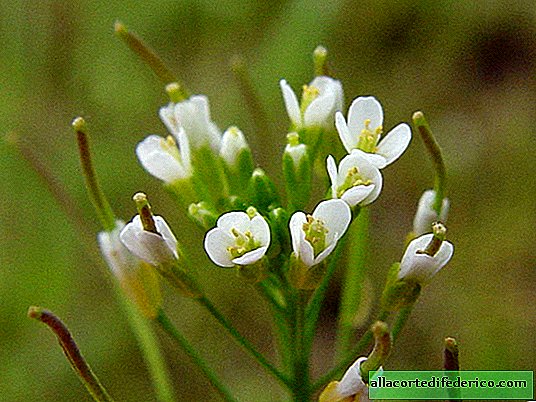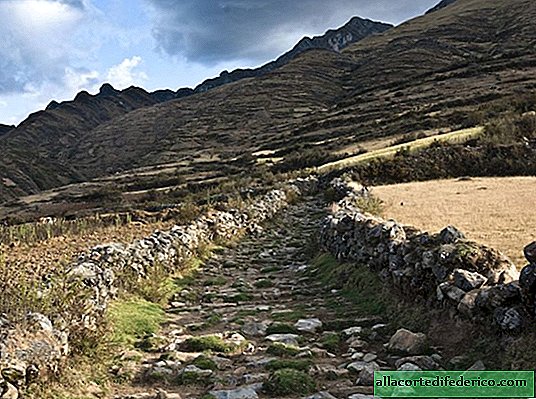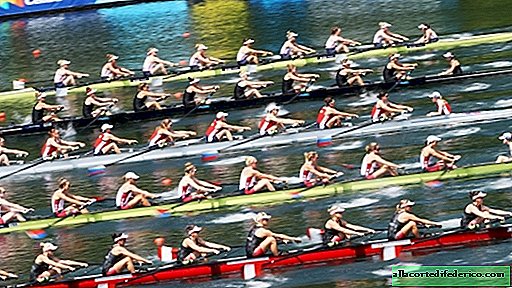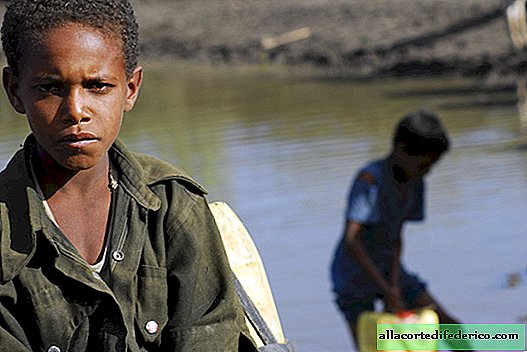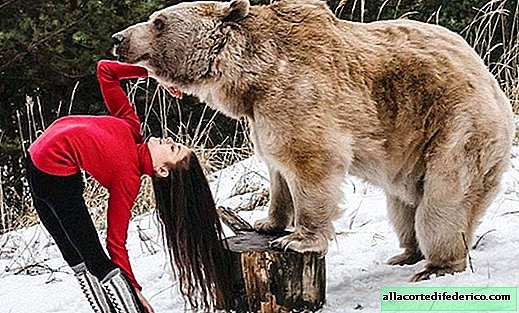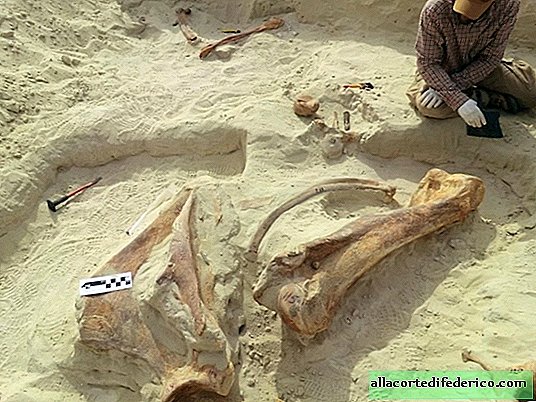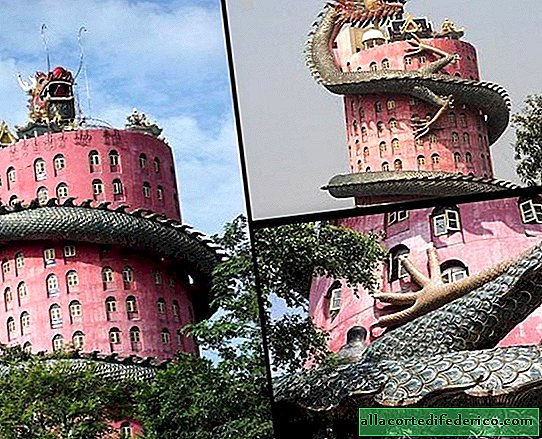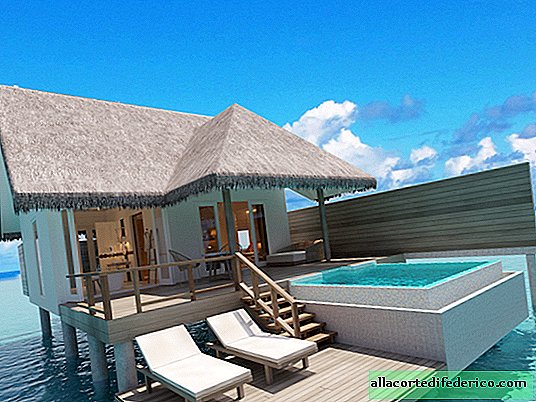Small Tibet: A stunning corner of India that is not like the rest of the country
In the very north of India, where the country borders on China and Pakistan, there is a unique region - Small Tibet. This is a completely different India, unlike all other regions of the country, where Buddhism is still preserved in its original form, with ancient monasteries, temples and holy places. Civilization has not yet penetrated here, and in Small Tibet, in incredibly contrasting natural conditions of the highlands, amazing people live, as if frozen in the distant past.
 Ladakh, India
Ladakh, IndiaIf you see photos of the Ladakh region, then you will probably think that in front of you are the landscapes of Tibet - the autonomous region of China. The same harsh mountain peaks, devoid of vegetation and covered with snow, characteristic of Tibet, among which there are small towns and villages. The temple complexes and Buddhist stupas, which can be seen in most of the settlements of the region, give even greater similarities.
 Tiksi Monastery, Ladakh
Tiksi Monastery, LadakhThe history of Ladakh is full of events and large-scale changes, which is caused by its specific geographical location. Sandwiched between the Himalayas and Kunlun, it became a place of mixing cultures of Indo-European and Tibetan peoples. There are several convenient mountain passes through which, from time immemorial, important trade routes connecting north and south, west and east passed, and one of the branches of the Great Silk Road also passed through the Ladakh region. After the collapse of the Tibetan empire in the 9th century, one of the descendants of the Tibetan dynasty founded the kingdom of Ladakh in the west. Here Buddhism flourished for a long time, while to the south, in the rest of India, Hinduism gradually replaced this religion.
 Ladakh on a map of India
Ladakh on a map of IndiaThe kingdom of Ladakh was repeatedly attacked by Muslim rulers from the north and west, opposed the aggressive plans of the Chinese emperors, who wanted to have a convenient valley at their disposal, and resisted the Mughal empire, but managed to maintain relative independence. Subsequently, the region became part of British India, and after the liberation of the country became part of independent India. For centuries, the rulers of Ladakh maintained relations with Tibet, built Buddhist monasteries and temples. But everything changed in the 50s of the last century, after the Tibetan-Chinese conflict broke out, and the border with Tibet was blocked.
 Ladakh Map
Ladakh MapAdministratively, modern Ladakh belongs to the state of Jammu and Kashmir, being one of its parts, but has expanded rights and some autonomy. It combines the districts of Leh and Kargil, whose center is the city of Leh. Despite the remoteness and severity of the local climate, about 240 thousand people live in Ladakh, including 30 thousand people in Leh. Most of the population of the capital Leh is ethnic Tibetans, although an incredible mixture of ethnic groups and languages can be observed in the region itself. And if in the district of Leh Tibetans preaching Buddhism predominate, then in neighboring Kargil the majority are Muslims, although Tibetans are also present.
 Leh Palace, city of Leh, Ladakh
Leh Palace, city of Leh, LadakhPeople mostly live on subsistence farming, raising yaks and growing crops, most often barley. The harsh climate of dry high mountain valleys differs from the conditions of the rest of India, and this leaves an imprint on the life of the entire population. Corn and sugarcane do not grow here, precipitation is negligible, and the warm season lasts only a few months, which allows you to grow only one crop of the most unpretentious crops.
 Diskit Monastery, Ladakh
Diskit Monastery, LadakhBoth in Leh itself and in the neighboring valleys, many ancient Buddhist monuments related to the history of Lesser Tibet have been preserved. The magnificent Leh Palace, built in the image of the Potala Tibetan palace, the monasteries of Tiksi, Himis Gompa, Diskit and more than 10 large monasteries will appear before the eyes of travelers who have reached this remote corner of India. It is worth noting that in recent years tourism has played an increasingly important role in the economy of the region, and there are more and more people who want to plunge into the world of Buddhist monasteries and temples with a long history.
 Tourists in one of the valleys of the Ladakh region
Tourists in one of the valleys of the Ladakh region



